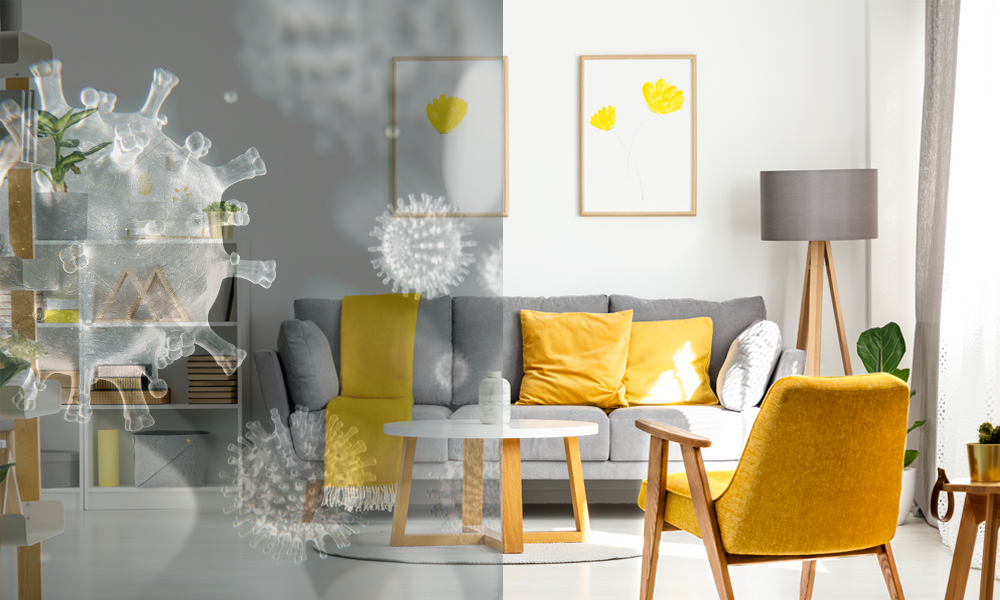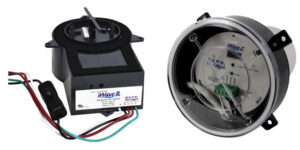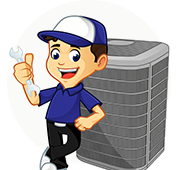
If you’re looking for a powerful air purification system for your entire house or business, you’ll need the help of a professional HVAC technician.
There are multiple air purification systems that are available which we can install into your HVAC duct.
UV Light
The least expensive option would be UV light installation, and can be very effective in killing mold and other bacteria in your HVAC system.
Ionic – Mid-Range
Typically, we recommend the iWave-R system which treats air using bi-polar ionization. This is the residential-version of the purification systems currently being installed in restaurants, businesses & schools around the country.
This system works for most residences, designed to treat air in any brand of residential duct HVAC systems up to 6 tons (2400 CFM.
Ionic – High-End
The iWave-C is specially designed for light commercial systems, although it is suitable for residential applications as well. This is the most expensive option for residential air purifiers; however, tests have shown it has the best performance in reducing pathogens such as COVID-19.
This system works for most residences, designed to treat air in any brand of residential duct HVAC systems up to 12 tons (4800 CFM).
Each of the Ionic air purifiers from iWave kill mold, bacteria and viruses, as well as reduce allergens, odors (such as those created by cooking, pets or VOCs), smoke, static electricity in addition to other airborne particles in the coil or in your living spaces.
We recommend iWave air purifiers because there’s no replacement parts or maintenance required. It comes with a programmable cleaning cycle that can be set to every 1, 3, 5 or 10 days.
The iWave-R and iWave-C also come with a 3-year manufacturer warranty (the warranty is only valid if it has been installed by a licensed HVAC or electrical contractor).
Will air purification systems kill coronavirus pathogens?
Independent lab tests have shown that the iWave-C and iWave-R do significantly reduce a variety of pathogens in breathing zones and on hard, non-porous surfaces, including that of the more common Human Coronavirus 229E, as well as SARS-CoV-2 (Covid-19).See more about the test results here.


